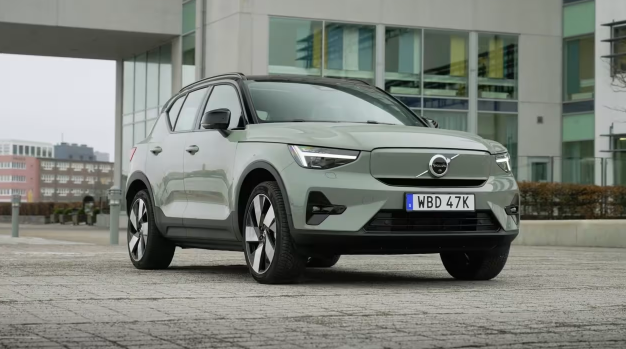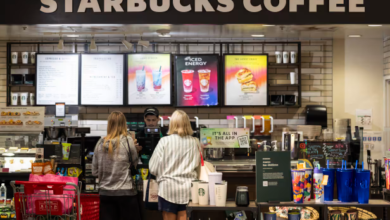Volvo Revises Electric Vehicle Strategy, Easing Off 2030 All-EV Goal

Volvo has announced a shift in its ambitious plan to sell only electric vehicles (EVs) by the end of the decade. The company, which had previously committed to transitioning entirely to EVs by 2030, is now taking a more flexible approach, acknowledging the complexities and challenges of such a rapid shift.
Reasons for the Change
Volvo’s decision to backtrack from its all-EV strategy stems from several factors. The company cited slower-than-expected infrastructure development, particularly in key markets where charging networks are still inadequate. Additionally, the rising costs of EV production, driven by supply chain disruptions and raw material shortages, have made it difficult to maintain the original timeline.
Continued Commitment to Sustainability
Despite the adjustment, Volvo remains committed to sustainability and reducing its carbon footprint. The company emphasized that it will continue to invest heavily in EV technology and aims to have a significant portion of its sales come from electric vehicles by 2030. However, it now plans to offer a mix of EVs, hybrids, and internal combustion engine vehicles to cater to varying market demands and ensure a smoother transition for consumers.
Impact on the Automotive Industry
Volvo’s revised strategy reflects broader industry challenges as automakers grapple with the realities of transitioning to electric vehicles. While the shift to EVs is inevitable, the pace of change may need to be more gradual than initially anticipated. This move by Volvo could influence other automakers to reassess their timelines and strategies, balancing ambition with the practicalities of market readiness and consumer adoption.
Looking Forward
As Volvo navigates this transition, the company will likely continue to refine its approach to electrification, focusing on innovation and flexibility. The updated strategy allows Volvo to remain a leader in the push toward a more sustainable automotive industry while also addressing the immediate needs of its customers and the market.





